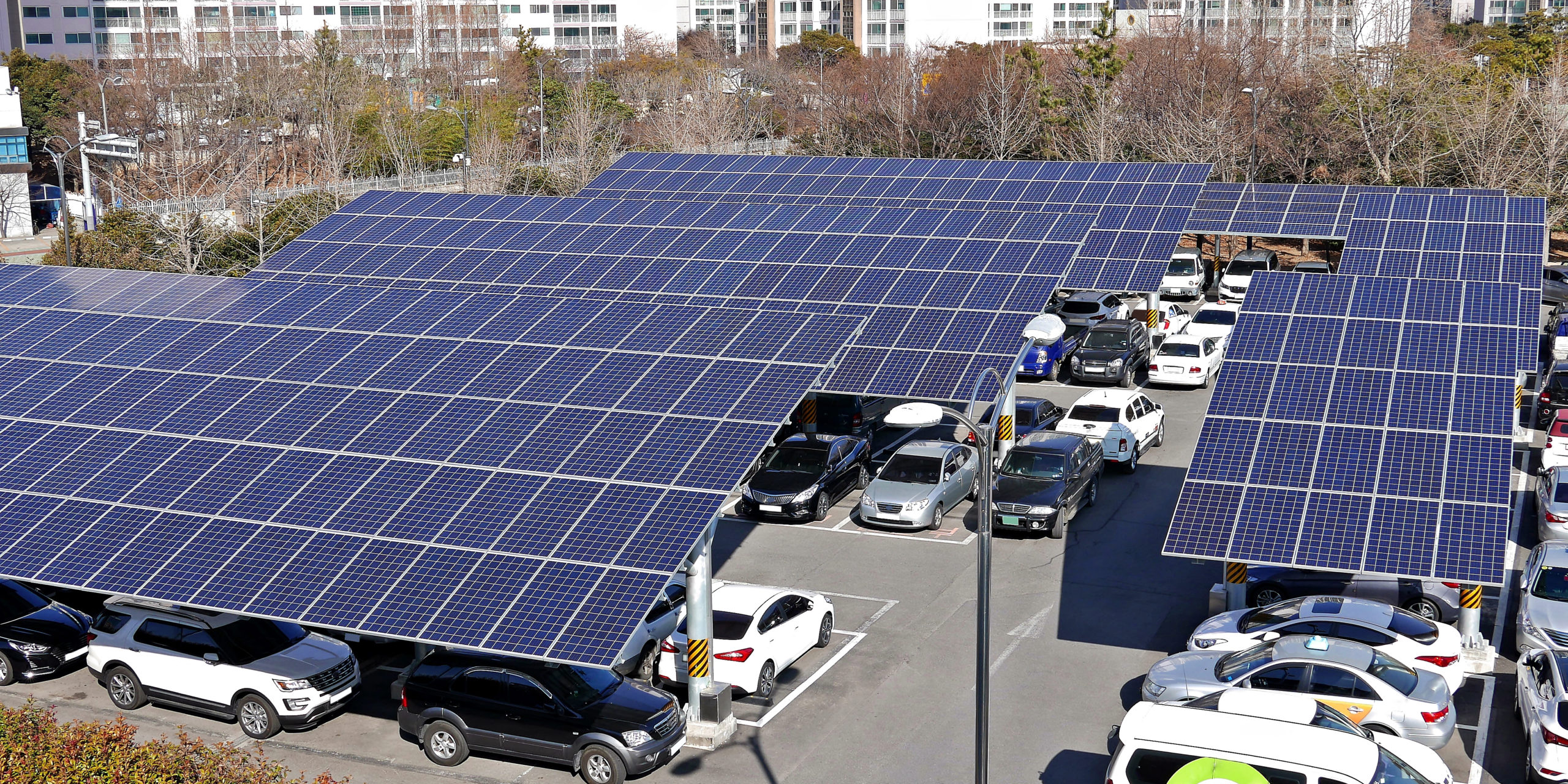Every year, more people in the United States purchase electric vehicles. While electric vehicles can be charged at home or at many charging locations, many people wonder why these electric cars don’t have solar panels. The following guide explores some of the main reasons that electric vehicles don’t have solar panels on the roof.
Solar panels work by converting energy from the sun into electric power. Modern solar panels are very efficient, with many capable of turning more than 60 percent of the sun’s power into electricity. However, they still have some significant limitations.
On average, a 10 square foot solar panel can generate approximately 50 watts with direct sunlight. This is the equivalent of a single lightbulb. Since most cars only have 10 to 25 square feet of space on their roof, the maximum amount of power they can generate is 50 to 150 watts.
In comparison, most electric vehicles use a 240-volt outlet when parked at home. On average, these 240-volt outlets can provide approximately 30 miles of range for each hour they are charged. With solar power, a vehicle would only be able to attain approximately one to three miles of range for each hour charged.
For an electric vehicle with a range of 300 miles, this means it would take approximately 90 hours of direct sunlight to fully charge the battery. This is impractical for many vehicles.
However, some electric vehicle manufacturers are using solar power for some of their vehicles. Solar charging stations are becoming more common for some types of electric vehicles, like Tesla. Using a number of solar panels, a series of very large batteries are charged. Those batteries are then used to charge individual vehicles. Unfortunately, it takes over 10,000 square feet of solar panels for a standard charging station that can serve 12 vehicles.
Some vehicles do have solar panels already on their roof, but they only provide enough electricity to operate some equipment in the vehicle. For example, some vehicles have a small solar panel on the roof to ensure that the starter motor for an engine is charged. In other cases, a small solar panel may power a tiny fan that helps keep the interior cabin of a vehicle cool on hot days. These solar panels can’t power an entire vehicle. Instead, they’re only used to power some components.
While solar panels on top of a vehicle may never be able to fully charge a battery, solar power from other sources is a great way to power electric vehicles. As the cost of solar panels and batteries continue to drop, it’s likely there will be more companies offering solar charging facilities for electric vehicles.







